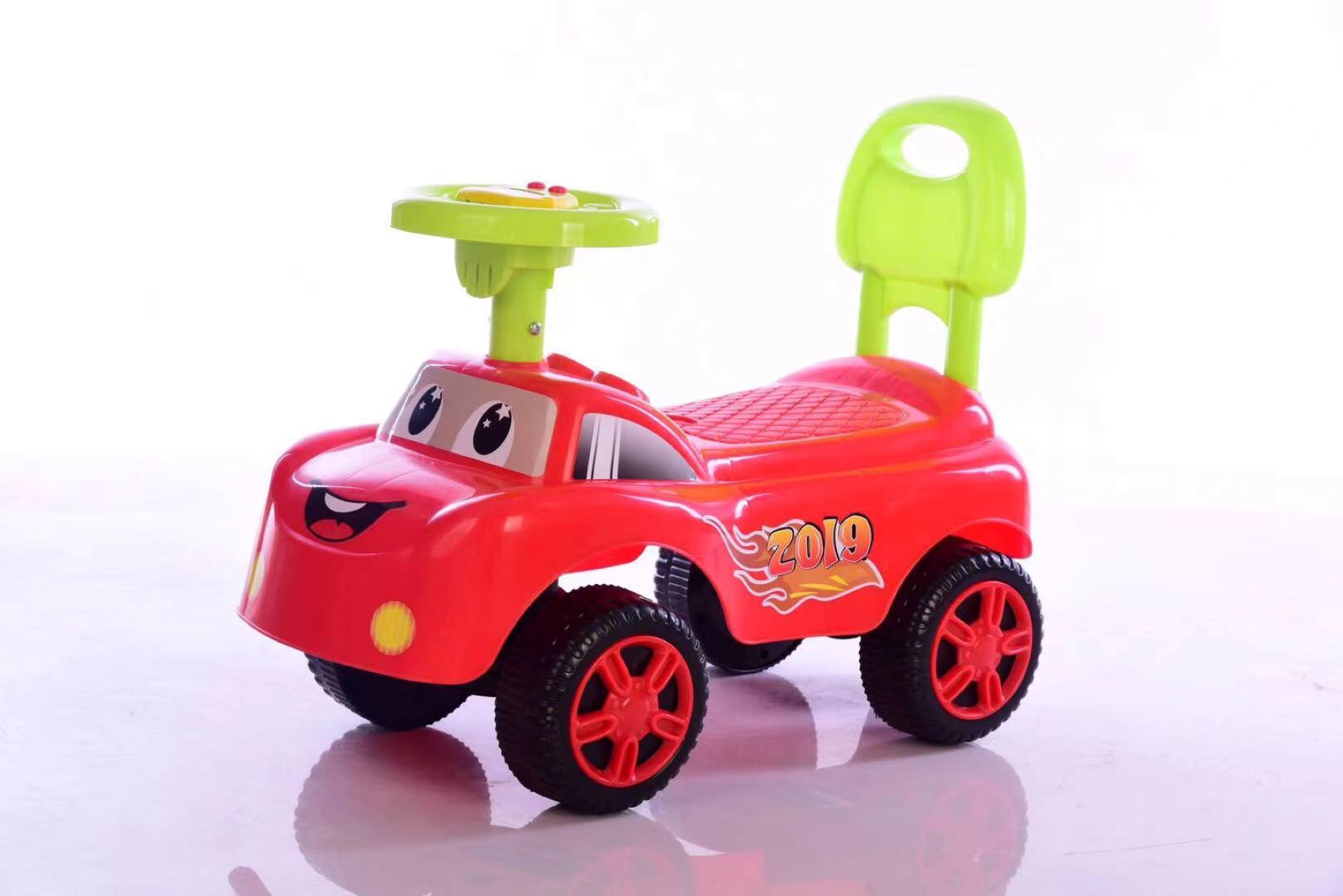

Articles
How To Store Ride On Toys
Modified: August 28, 2024
Learn how to properly store and maintain your ride on toys with our helpful articles. Keep your toys in top condition for endless hours of fun!
(Many of the links in this article redirect to a specific reviewed product. Your purchase of these products through affiliate links helps to generate commission for Storables.com, at no extra cost. Learn more)
Introduction
Ride on toys are a beloved form of entertainment for children of all ages. Whether it’s a tricycle, a scooter, or a miniature car, these toys provide hours of fun and physical activity. However, when playtime is over, it’s important to properly store ride on toys to keep them in good condition and extend their lifespan. This article will guide you on how to store ride on toys effectively, ensuring that they are safe, clean, and ready to use whenever your little ones want to embark on an adventure.
Before we delve into the specifics of storing ride on toys, let’s first explore the different types of ride on toys available. Understanding the type of toy you have will help you determine the best storage options and maintenance practices.
Key Takeaways:
- Proper storage of ride on toys is crucial for safety and longevity. Clean, inspect, and secure the toys, and choose suitable indoor or outdoor storage options to protect them from the elements.
- Regular cleaning, maintenance, and safety considerations are essential for storing ride on toys. Whether indoors or outdoors, prioritize safety, cleanliness, and proper maintenance to ensure the toys remain in excellent condition for years to come.
Read more: How To Store Pool Toys
Types of Ride On Toys
Ride on toys come in a variety of shapes and sizes, each designed to cater to different age groups and preferences. Here are some popular types of ride on toys:
- Tricycles: Tricycles are a classic choice for young children who are just beginning to develop their motor skills. They usually have three wheels, a comfortable seat, and handlebars for steering.
- Scooters: Scooters are a popular choice for older kids and teenagers. They typically have two wheels, a platform for standing, and handles for balance and control.
- Balance Bikes: Balance bikes are designed to teach toddlers and young children how to balance and steer before transitioning to a regular bicycle. These bikes have no pedals, allowing children to use their feet to propel themselves forward.
- Ride-on Cars: Ride-on cars are miniature versions of real cars and trucks. They usually have battery-powered engines and can be controlled by the child using a steering wheel and pedals.
- Skateboards: Skateboards are a popular choice for older kids and teenagers who want to explore skate parks and perform tricks. They consist of a wooden platform with four wheels.
These are just a few examples of ride on toys, and there are many more options available on the market. It’s essential to consider the specific characteristics of the toy you have to determine the most suitable storage methods.
Safety Considerations
When storing ride on toys, it’s important to prioritize safety to prevent any accidents or damage. Here are some key safety considerations to keep in mind:
- Clean and Inspect: Before storing the ride on toy, clean it thoroughly to remove any dirt, debris, or spills. Inspect the toy for any damages, such as loose parts or broken handles. Address any repairs or replacements before storing the toy.
- Secure loose parts: If there are any removable parts, such as handlebars or pedals, secure them to prevent them from getting lost or damaged during storage. You can use zip ties or bungee cords to keep the parts in place.
- Store in a dry area: It’s important to store ride on toys in a dry area to prevent rust or corrosion. Moisture can damage the metal or electrical components of the toy. Avoid storing them in damp basements or outdoor sheds prone to leaks.
- Avoid direct sunlight: Prolonged exposure to direct sunlight can cause fading and damage to the paint or plastic parts of the toy. Choose a storage location away from windows or consider using a cover to protect the toy from UV rays.
- Secure storage: If you are storing the ride on toy in an area accessible to children, ensure it is stored securely to prevent accidental falls or injuries. Consider using shelf brackets, hooks, or sturdy storage containers to keep the toys in place.
- Childproof the storage area: If the storage area is accessible to young children, take extra precautions to childproof it. Lock any cabinets or doors and avoid storing the toys near hazardous materials or sharp objects.
By following these safety considerations, you can ensure that the ride on toys are safely stored and ready for use when your child wants to play.
Cleaning and Maintenance
Proper cleaning and maintenance of ride on toys are essential for their longevity and performance. Here are some tips to keep your ride on toys clean and well-maintained:
- Regular cleaning: Wipe down the ride on toy with a damp cloth or mild soap and water after each use. This will help remove dirt, grease, and stains, keeping the toy looking fresh and clean.
- Deep cleaning: Occasionally, give the ride on toy a thorough deep cleaning. Remove any removable parts and clean them separately. Use a non-abrasive cleaner suitable for the toy’s material, such as plastic or metal.
- Tire maintenance: Check the tires regularly for any signs of wear and tear. Inflate or replace the tires as needed to ensure optimal performance. Lubricate any moving parts, such as wheels or axles, to prevent rust and ensure smooth operation.
- Battery care: If your ride on toy is battery-powered, take extra care of the battery. Follow the manufacturer’s instructions for charging and storage. Keep the battery clean and dry, and avoid overcharging or using expired batteries.
- Storage covers: Consider using storage covers or tarps to protect the ride on toys from dust, dirt, and other environmental elements. Covers can help prevent fading, scratches, and damage to sensitive parts.
- Check for damage: Regularly inspect the ride on toy for any signs of damage or wear. Repair or replace any broken parts promptly to avoid further issues and ensure the safety of your child during playtime.
By incorporating these cleaning and maintenance practices into your routine, your ride on toys will stay in excellent condition and provide years of enjoyment for your little ones.
When storing ride-on toys, make sure to clean them thoroughly to remove any dirt or debris. Store them in a dry, covered area to protect them from the elements and prolong their lifespan. If possible, store them off the ground to prevent moisture damage.
Indoor Storage Options
When it comes to storing ride on toys indoors, there are several options to consider based on the available space and your specific needs. Here are some indoor storage options:
- Garage or Storage Room: If you have a garage or a dedicated storage room, it can be an ideal place to store ride on toys. Ensure there is enough space to park the toys and organize them neatly. Use shelves, hooks, or storage bins to keep the toys off the floor and maximize space.
- Toy Chest or Bin: A toy chest or bin is a convenient option for smaller ride on toys or those that can be disassembled. Label the bin for easy identification and stack them to save space. Consider using a storage bin with wheels for easy transport.
- Hanging Storage: Wall-mounted hanging storage units can be a space-saving solution for ride on toys with handles or scooters. Hang the toys vertically to free up floor space and keep them easily accessible. You can also use bike hooks or wall-mounted racks for bicycles or balance bikes.
- Underbed Storage: Utilize the space under beds by using storage containers or bags designed for underbed storage. This option is ideal for smaller ride on toys or toys used less frequently.
- Closet Organization: If you have spacious closets, install shelves or hanging organizers to create dedicated sections for each ride on toy. This not only keeps the toys organized but also protects them from dust and other potential hazards.
Remember to consider the size and weight of the ride on toys when choosing an indoor storage option. Ensure that the storage area is easily accessible and safe to prevent any accidents or injuries when taking out or storing the toys.
Read more: How To Store Collectible Toys
Outdoor Storage Options
When storing ride on toys outdoors, it’s important to consider the elements and how they may impact the toys. Here are some outdoor storage options to protect your ride on toys:
- Shed or Storage Box: An outdoor shed or storage box provides a secure and weather-resistant option for storing ride on toys. Choose a shed with proper ventilation to prevent condensation and ensure the toys stay dry. Consider adding hooks or shelves inside the shed to maximize storage and keep the toys organized.
- Covered Patio or Deck: If you have a covered patio or deck area, it can serve as a suitable outdoor storage space. Use weatherproof covers or tarps to protect the ride on toys from rain, sunlight, and other elements. Make sure the covers are securely fastened to prevent them from blowing away in strong winds.
- Outdoor Toy Chest: Invest in a durable and weatherproof outdoor toy chest specifically designed for ride on toys. These chests are usually made from materials such as plastic or weather-resistant wood, providing protection against moisture and UV rays.
- Lockable Fence Enclosure: If you have a fenced area, consider creating a lockable enclosure to store ride on toys securely. Use sturdy hooks or racks to hang the toys and keep them off the ground. Ensure the enclosure is well-ventilated to prevent moisture buildup.
- Covered Carport: If you have a carport that provides overhead coverage, it can be used to keep ride on toys safe from the elements. Place the toys against a wall or use hooks to hang them, ensuring they are securely fastened.
When choosing an outdoor storage option, it’s essential to consider the climate in your area. Extreme heat, cold, or humidity can affect the condition of the ride on toys. Regularly inspect the toys for any signs of damage or wear and address any issues promptly.
Remember, even when using outdoor storage options, it’s still recommended to keep the ride on toys covered with weatherproof tarps or covers to provide an extra layer of protection against the elements.
Tips for Long-Term Storage
Long-term storage of ride on toys requires some additional preparation to ensure they remain in optimal condition. Here are some tips to consider for long-term storage:
- Thoroughly clean the toys: Before storing ride on toys for an extended period, make sure to clean them thoroughly. Remove any dirt, grease, or stains and dry them completely to prevent mold or mildew growth.
- Apply a protective coating: Consider applying a protective coating to the ride on toys to guard against rust, UV damage, and fading. Consult the manufacturer’s instructions or seek professional advice for the appropriate coating for your specific toy.
- Disassemble if possible: If the ride on toy can be taken apart, disassemble it to save space and prevent any weight-bearing stress on delicate parts. Keep all the related components together, labeled, and store them safely.
- Remove batteries: If the ride on toy has a battery, remove it before storage. Storing the toy with the battery inside can lead to corrosion or leakage, potentially damaging the toy. Store the battery separately in a cool, dry place.
- Keep the toys off the ground: Elevate the ride on toys from direct contact with the ground to prevent moisture absorption and potential damage. Use pallets, shelves, or hanging storage to keep them elevated.
- Use moisture absorbers: Place moisture absorbers or silica gel packets near the ride on toys to absorb any excess moisture in the storage area. This helps prevent mold and mildew growth.
- Check periodically: Even during long-term storage, it’s important to periodically check on the ride on toys. Inspect for any signs of damage, pests, or moisture buildup. Address any issues promptly to prevent further damage.
By following these tips, you can ensure that your ride on toys remain in excellent condition, ready for use whenever they are needed.
Conclusion
Proper storage of ride on toys is essential to preserve their condition, ensure safety, and extend their lifespan. Whether you are storing them indoors or outdoors, there are various options to consider based on your available space and specific needs.
Remember to prioritize safety by cleaning and inspecting the toys before storing them. Secure any loose parts and store them in a dry area away from direct sunlight. Consider using covers or tarps to protect the toys from dust and UV rays.
Regular cleaning and maintenance are crucial to keep ride on toys in optimal condition. Clean them after each use and perform periodic deep cleanings. Check the tires, lubricate any moving parts, and take extra care of battery-powered toys.
For indoor storage, utilize garages, toy chests, hanging storage, closets, or underbed storage options. Ensure the storage area is secure, childproofed, and easily accessible.
For outdoor storage, consider sheds, covered patios, outdoor toy chests, fence enclosures, or covered carports. Protect the toys from the elements, and regularly check for any signs of damage or wear.
When storing ride on toys for an extended period, follow additional measures such as thorough cleaning, applying protective coatings, and disassembling if possible. Remove batteries and keep the toys elevated off the ground.
By following these guidelines, you can ensure that your ride on toys remain in excellent condition and provide countless hours of enjoyment for your children or grandchildren. Remember to periodically check on the toys during storage and address any issues promptly. Happy storing!
Frequently Asked Questions about How To Store Ride On Toys
Was this page helpful?
At Storables.com, we guarantee accurate and reliable information. Our content, validated by Expert Board Contributors, is crafted following stringent Editorial Policies. We're committed to providing you with well-researched, expert-backed insights for all your informational needs.
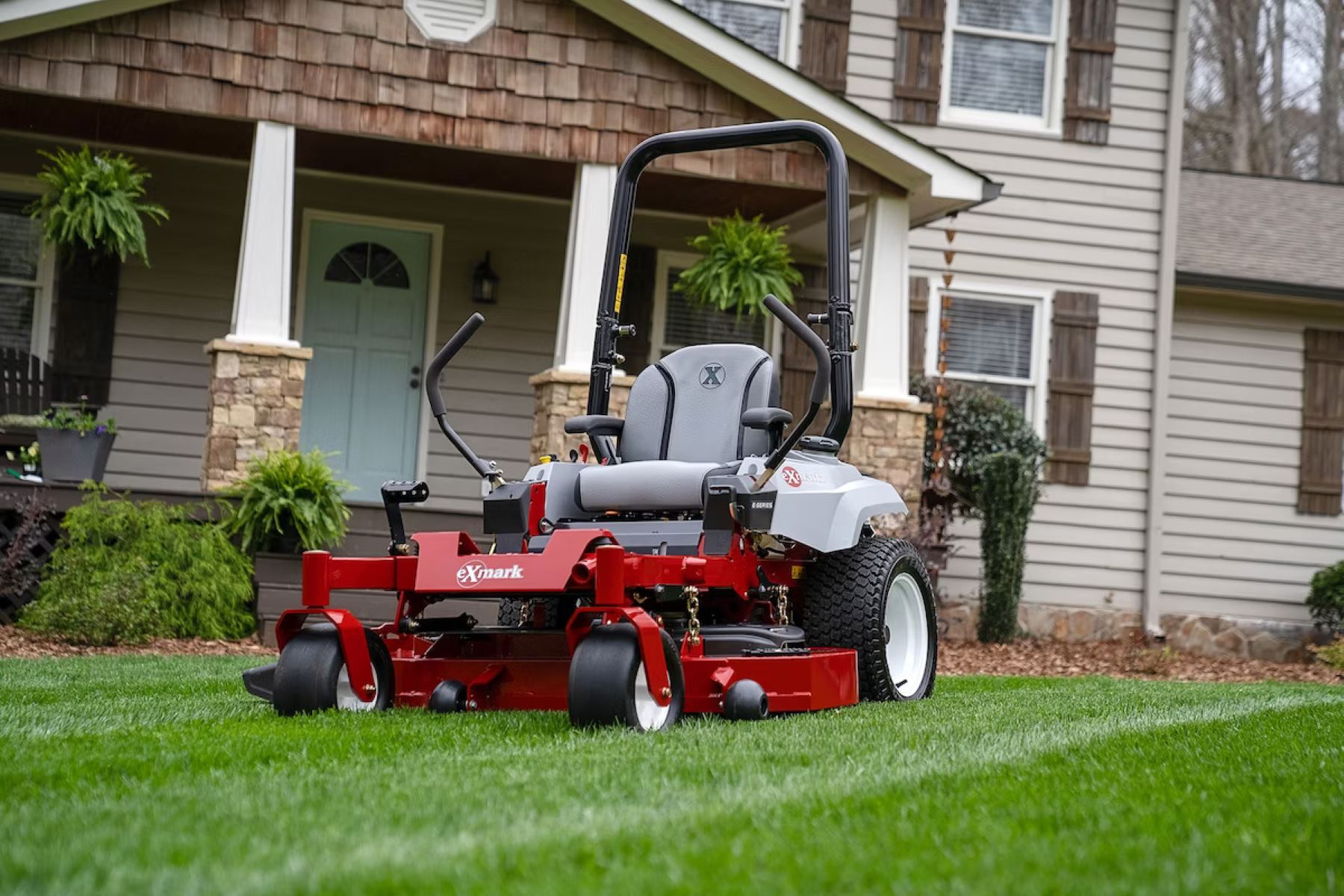
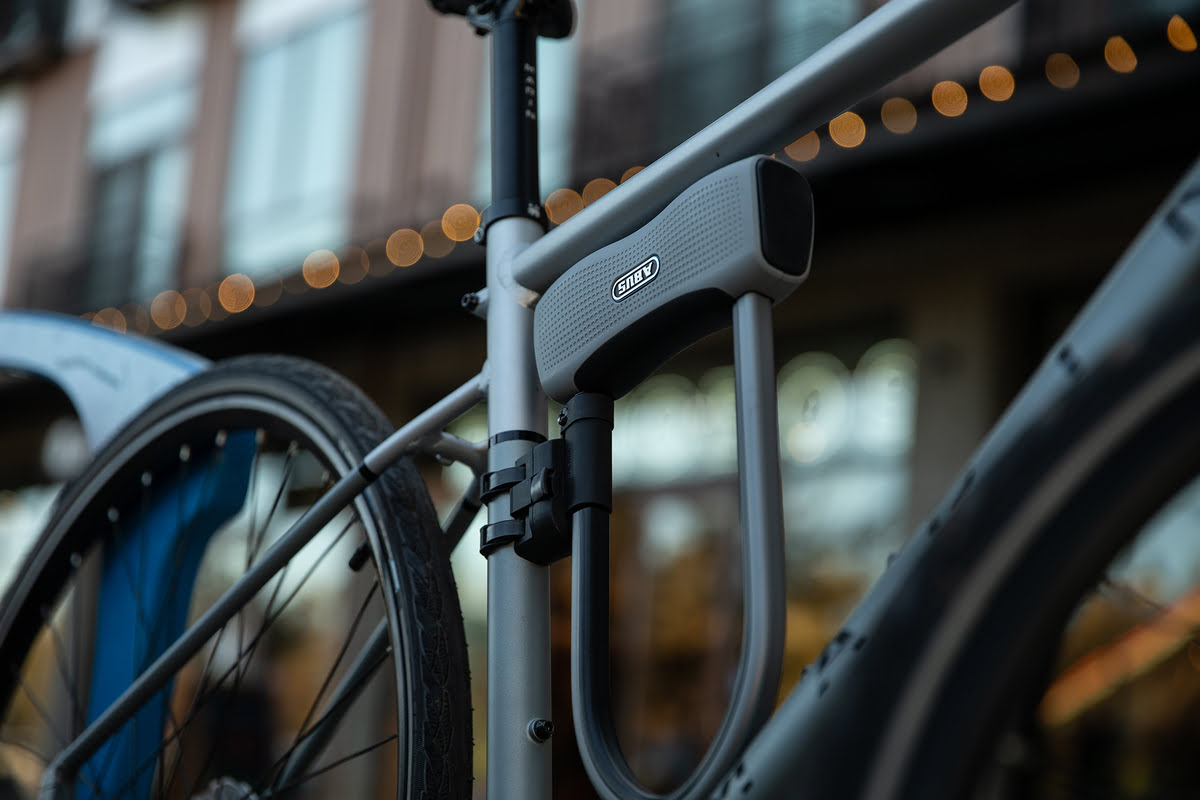


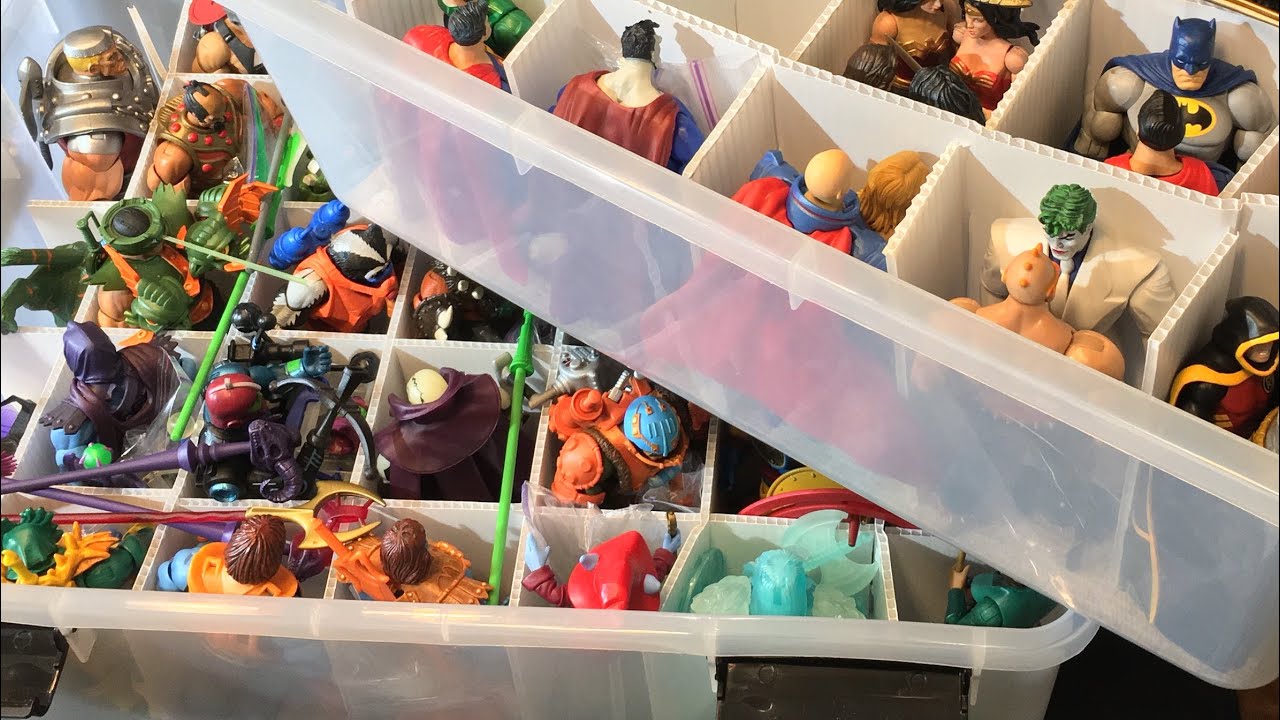
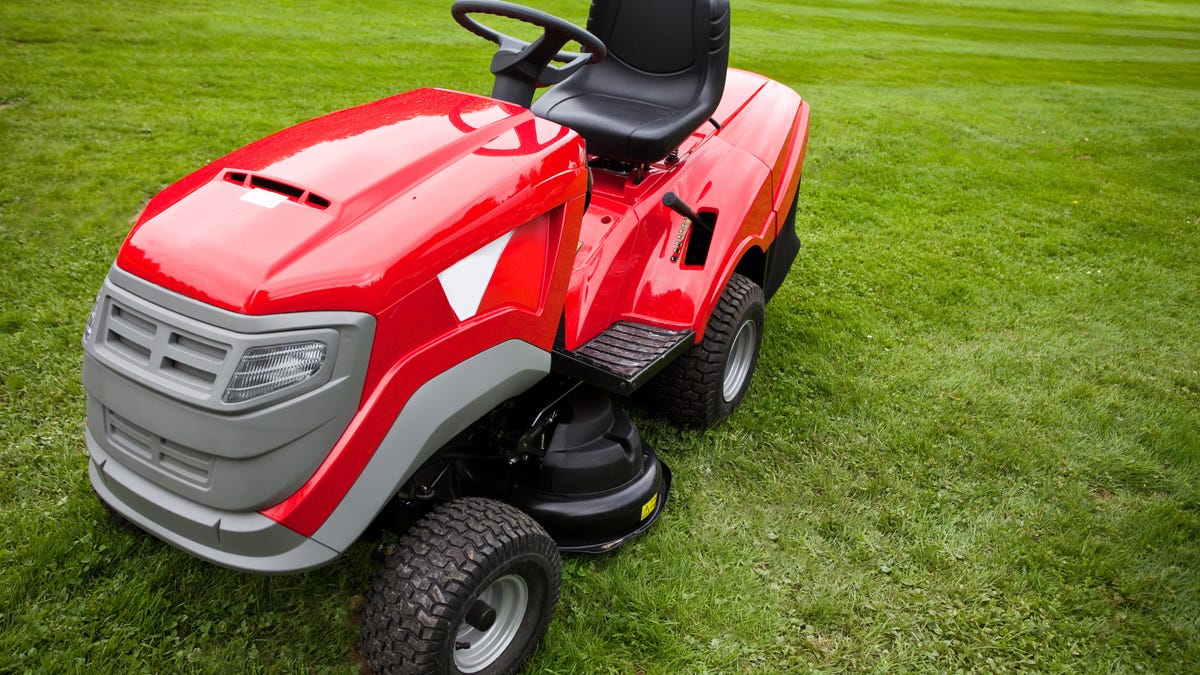

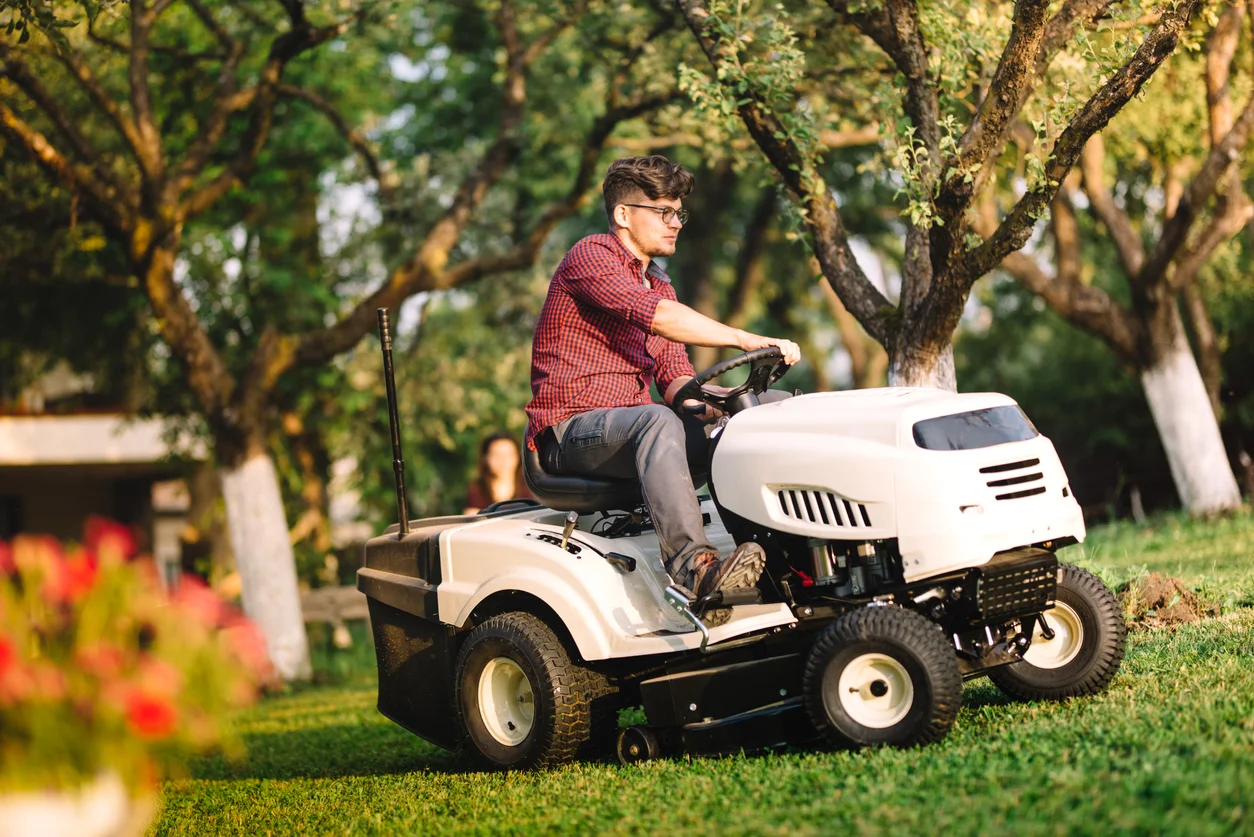
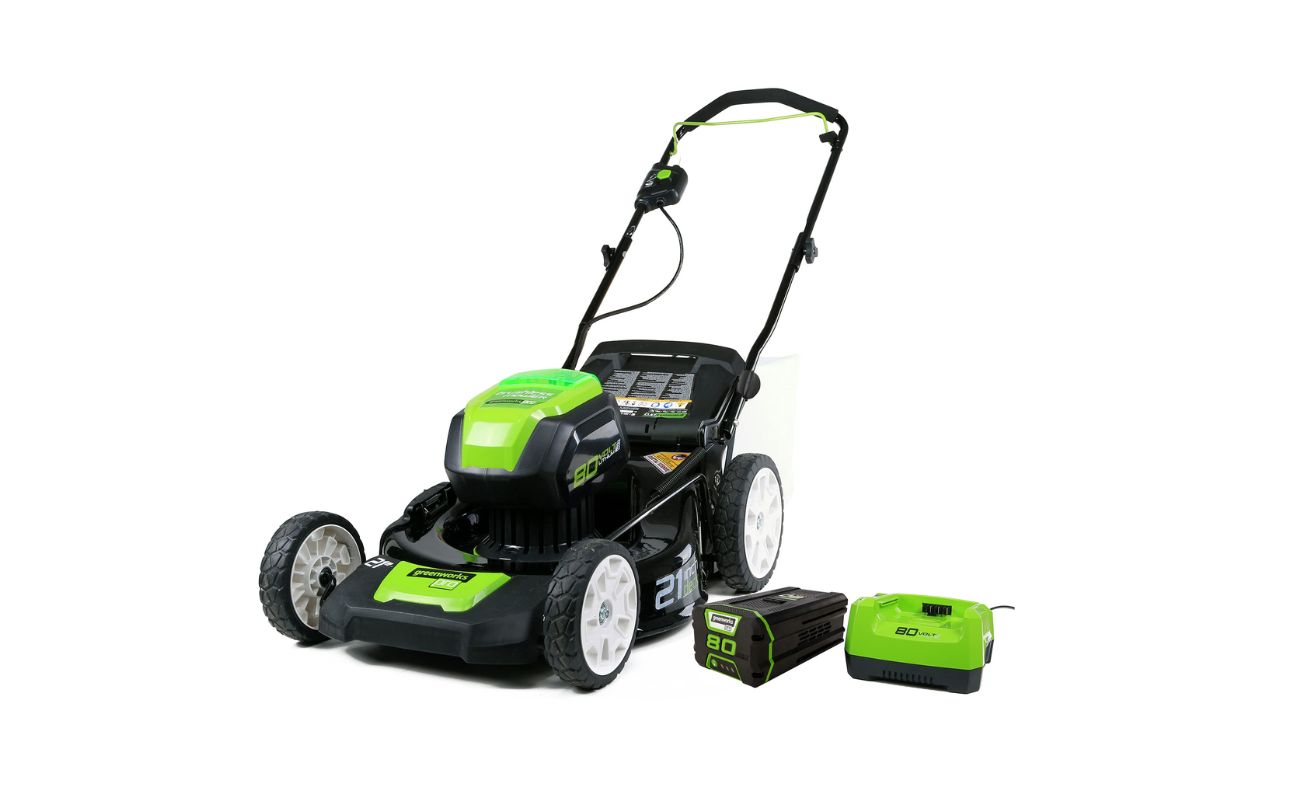
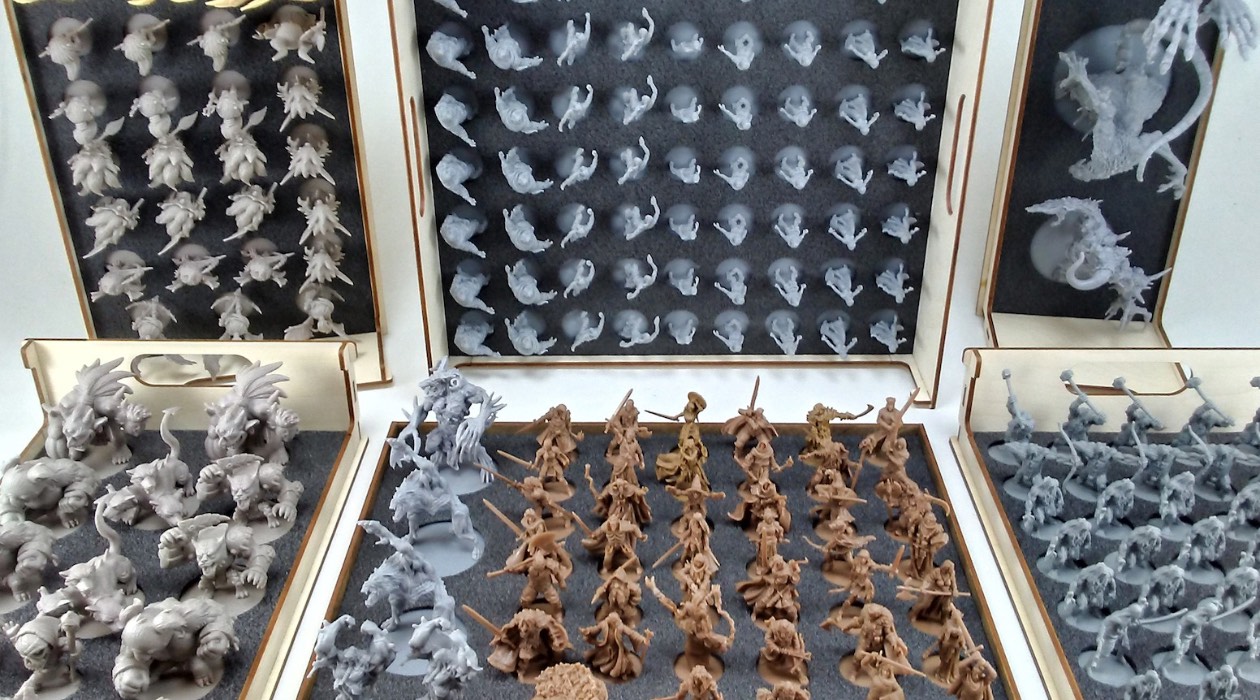

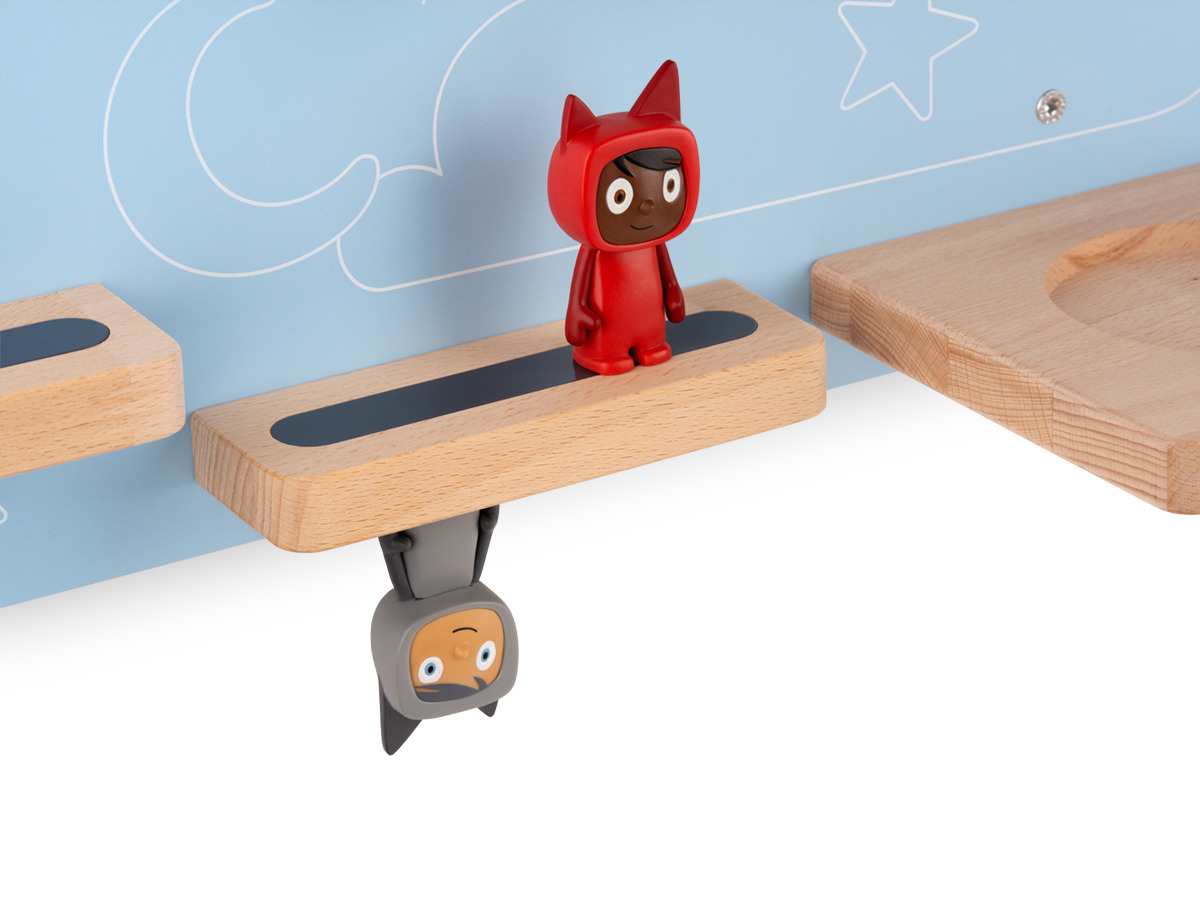
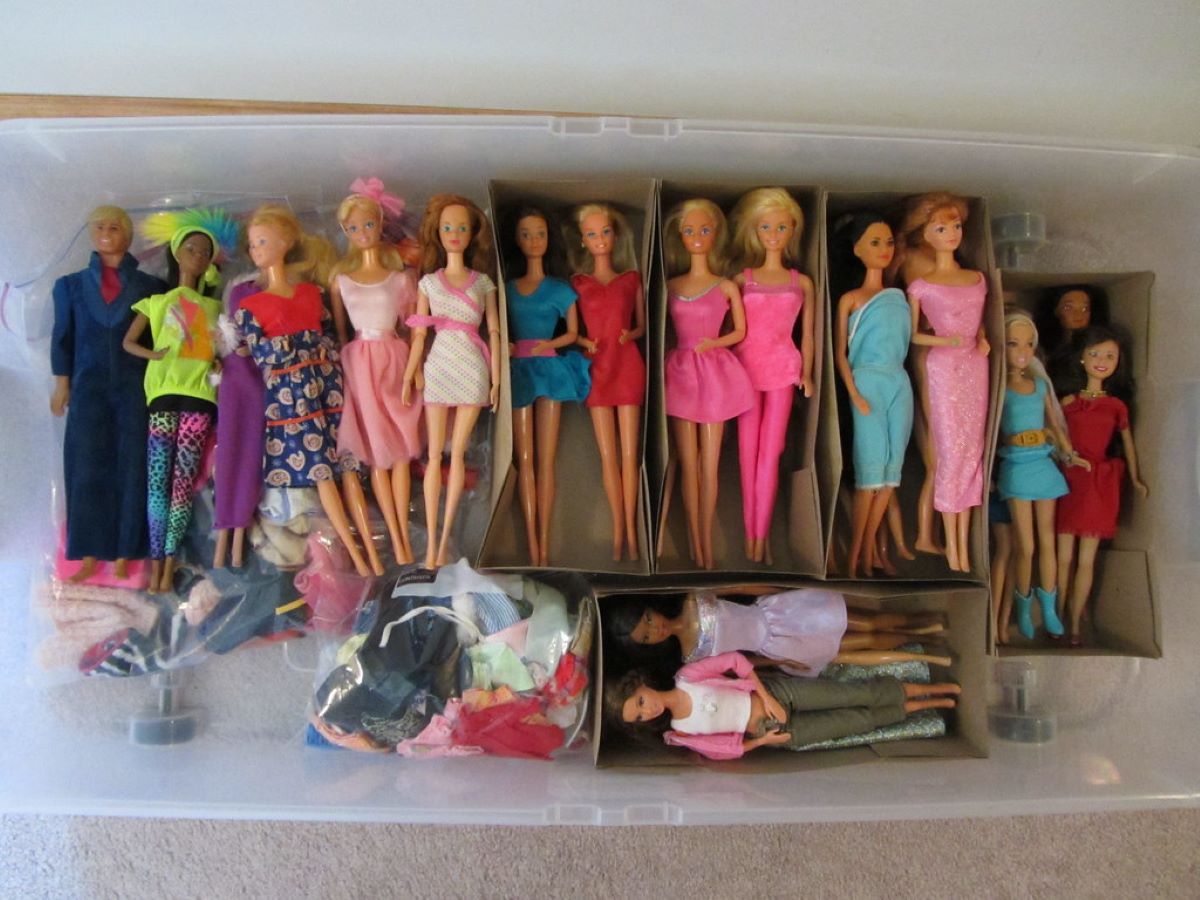
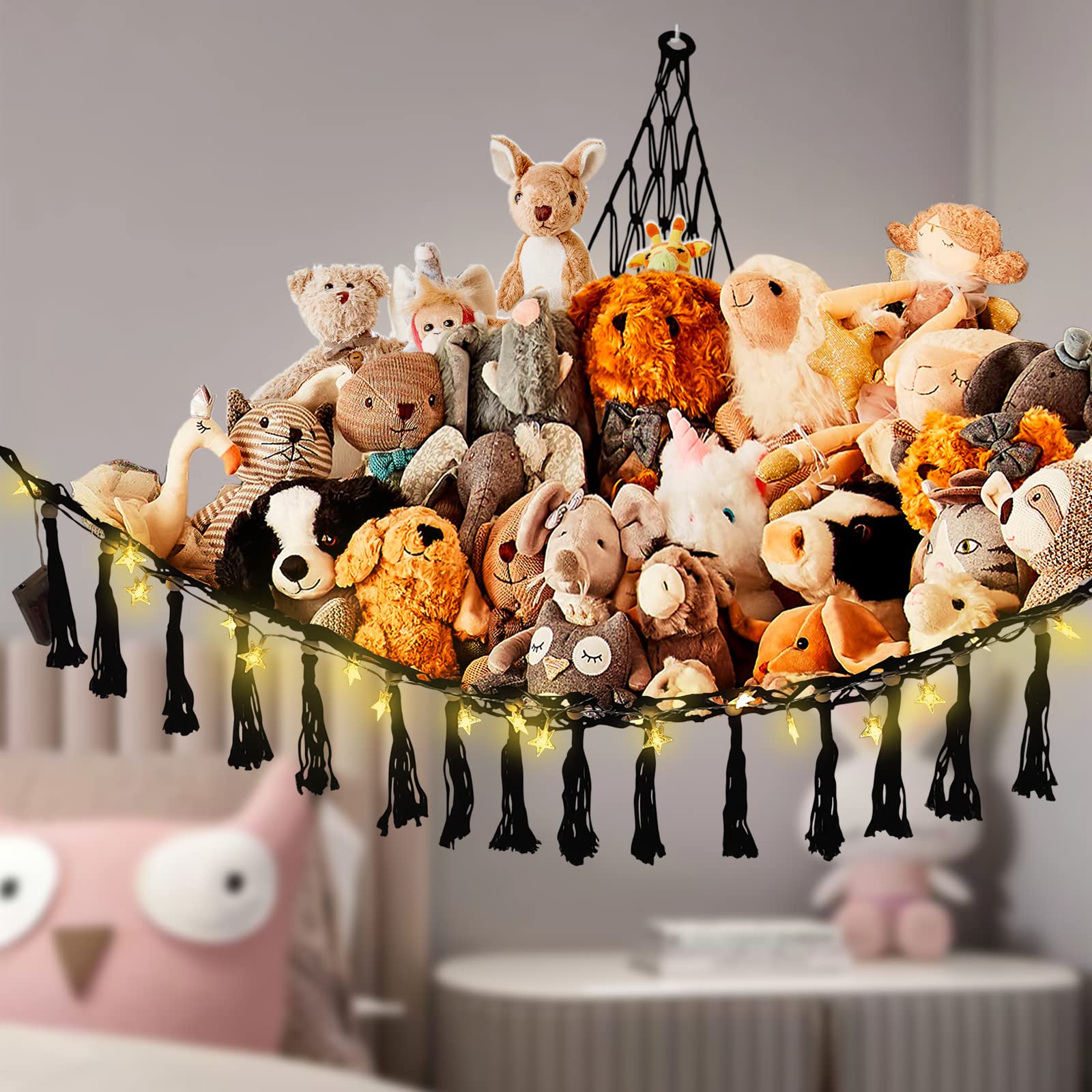

0 thoughts on “How To Store Ride On Toys”